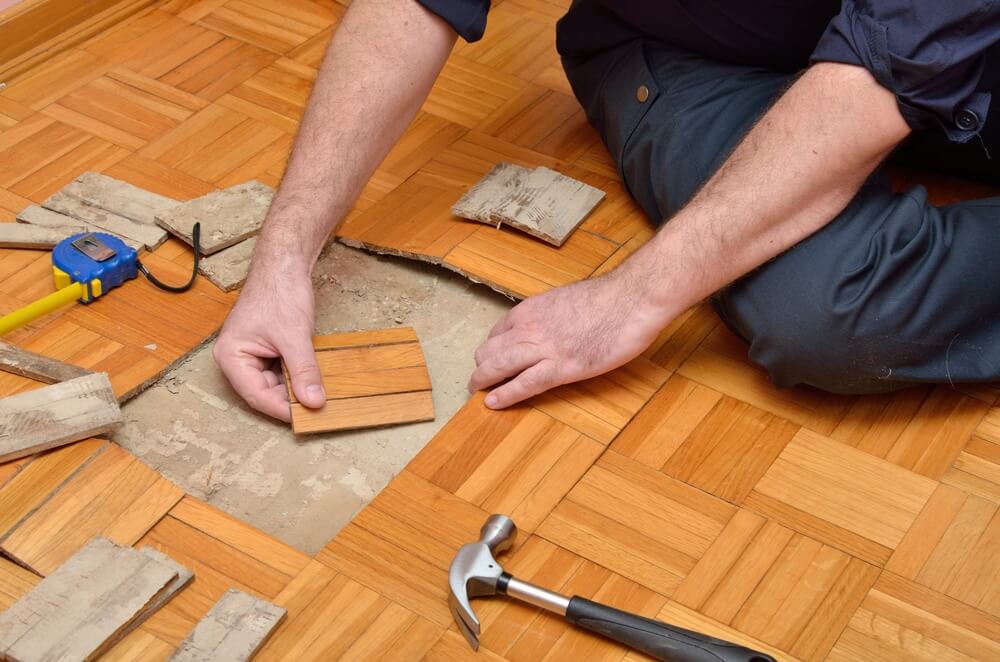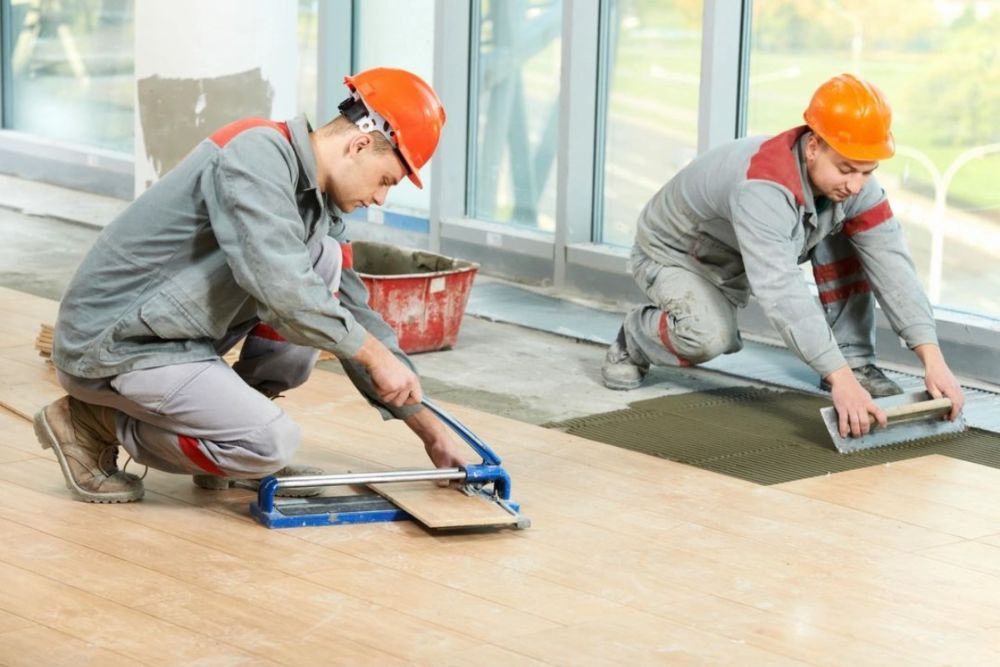Timber flooring adds a timeless elegance to any Melbourne home. Its warmth, natural beauty, and durability make it a popular choice among homeowners. However, over time, even the best-maintained timber floors can develop issues – scratches, water stains, or wear and tear from heavy foot traffic. But how to choose the best timber flooring repair specialists in Melbourne? This comprehensive guide breaks down everything you need to know to find the best timber flooring repair specialist in Melbourne.
Why Hire a Professional Timber Flooring Specialist?

Timber flooring is an investment, and repairing it requires a trained eye and expert hands. While DIY fixes or inexperienced contractors might seem cheaper, they can end up costing significantly more if the job isn’t done properly—or worse, causes permanent damage.
Here’s why hiring a professional is a smart move:
- Accurate Diagnosis: An experienced specialist can correctly identify the root of the problem—whether it’s moisture, incorrect installation, or natural wear.
- Proper Technique: From sanding angles to filler application and staining, professionals use precise techniques that restore your floor without overdoing it.
- Advanced Equipment: High-end dustless sanding machines, industrial-grade sealers, and commercial-strength buffers ensure a high-quality, clean job.
- Time Efficiency: Specialists work faster and more systematically, ensuring minimal disruption to your household.
- Warrantied Workmanship: Many professionals offer guarantees on their repairs, giving you added peace of mind.
In short, professionals deliver value, longevity, and aesthetics that DIY methods can’t match.
What to Look For in a Timber Flooring Repair Specialist
Not all floor repair contractors are created equal. Here’s what to prioritize when choosing a timber flooring expert in Melbourne:
1. Experience and Expertise
Years in the industry matter. A seasoned contractor will have tackled a wide variety of issues—cupping, cracking, water stains, discoloration, or splitting. They will know how different wood species respond to various repair techniques, how to match finishes, and how to bring older floors back to life.
Questions to ask:
- How many years have you been in business?
- Can you provide examples of similar projects?
- Are you familiar with both solid and engineered timber flooring?
- Do you have experience with heritage homes and custom finishes?
2. Communication and Consultation
Clear, honest communication is essential. A reputable specialist should:
- Offer an initial free or low-cost consultation.
- Provide a detailed inspection of your timber floors, subfloor, and surrounding humidity levels.
- Explain your options with pros and cons of each repair method.
- Answer all questions patiently and without technical jargon.
Bonus: Look for contractors who educate you on aftercare during the consultation—this is a sign of real professionalism.
3. Quality Materials and Methods
A quality repair job is not just about skill—it’s about using the right products and tools. Professionals should use:
- Gradual sanding grits: from coarse to fine for smooth finishes.
- Filler products: that bond well with timber and resist shrinking.
- Finishes: such as water-based polyurethane, oil-based sealers, or hardwax oils based on your needs.
- Eco-friendly options: low-VOC or natural oils for family-safe living.
Ask about:
- The brand of sealants and oils used.
- Drying and curing times.
- Protective coatings or maintenance packages offered.
4. Customer Reviews and References

Do your research:
- Browse their Google Business page.
- Look for before-and-after photos on their website or social media.
- Read recent customer reviews—especially those mentioning professionalism, timeliness, cleanliness, and after-service care.
Additionally, a trustworthy specialist won’t hesitate to provide:
- References from past clients.
- Proof of insurance and licenses.
- Accreditation with industry associations like ATFA (Australian Timber Flooring Association).
5. Red Flags to Watch Out For
Here are some common red flags that suggest a contractor may not be the best fit:
- No Written Agreement: Always insist on a written quote and scope of work. Avoid verbal-only agreements.
- Suspiciously Low Prices: Cheap services often compromise on material quality, technique, or take shortcuts.
- Lack of Transparency: Be wary of vague timelines, unclear product brands, or technicians who dodge your questions.
- Aggressive Upselling: Professionals should offer solutions—not push expensive upgrades unnecessarily.
- No Insurance or ABN: Every contractor must have public liability insurance and a valid business number.
- No Clean-up Service: Dust and debris should be responsibly managed—not left behind.
6. Understanding Costs: What to Expect
Timber floor repair costs in Melbourne can vary significantly depending on:
- Extent of Damage: Minor scratches cost less than deep gouges or warped boards.
- Type of Timber: Hardwood may require more effort than softwood.
- Room Accessibility: Tight hallways or cluttered rooms may increase labor time.
- Finish Type: Water-based sealants typically cost more but dry faster and emit fewer fumes.
Approximate pricing:
- Spot repairs: $30–$50/m²
- Sanding and polishing: $50–$80/m²
- Board replacement + sanding: $100–$150/m²
Ensure quotes include:
- Sanding process and grit levels.
- Type and number of finish coats.
- Removal of old finishes.
- Cleanup and post-care recommendations.
How Long Does Timber Floor Repair Take?
Repairs can span a few days to a week depending on complexity. Here’s a typical timeline:
- Inspection and Quote – 1 day
- Clearing and Prepping Area – 0.5–1 day (includes furniture removal if applicable)
- Sanding Process – 1–2 days (multiple passes, dust control setup)
- Repair Work – 1 day (gap filling, board replacement)
- Finishing Coats – 1–2 days (drying between coats required)
- Curing Time – 12–48 hours for walking; 5–7 days before replacing furniture
Some finishes (like hardwax oils) cure faster and are more suitable for quick turnarounds, especially in high-traffic homes.
Maintenance Tips After Repair
After your floors are beautifully restored, you’ll want to keep them that way for years to come. Here’s how:
- Regular Dusting: Use a microfiber mop or vacuum with a soft-brush head.
- Protective Pads: Apply felt pads under all chairs, sofas, and tables.
- Avoid Moisture: Clean spills immediately. Never use a soaking wet mop.
- Proper Cleaning Solutions: Use pH-neutral wood floor cleaners only.
- Humidity Control: Use a humidifier or dehumidifier in extreme weather.
- Footwear Awareness: Ban stilettos or cleats indoors.
- Rugs and Runners: Place in high-traffic areas like entrances and hallways.
Consider scheduling professional maintenance—such as polishing or recoating—every 2–3 years depending on use.
Real-Life Case Study
One Melbourne family in Camberwell turned to a local timber flooring company after discovering water damage caused by a leaking dishwasher. The floorboards had buckled and dark stains had appeared.
Here’s how the repair process unfolded:
- The specialist conducted a free inspection and moisture test.
- Damaged boards were removed and replaced with the same timber species.
- Dustless sanding machines smoothed out the entire surface.
- Three coats of satin water-based polyurethane were applied.
- The job was completed in five days, including curing time.
The client noted exceptional communication, clean workmanship, and a dramatic visual transformation that matched the rest of their flooring seamlessly.
Conclusion
Melbourne’s climate and lifestyle can be tough on timber floors. Choosing the right flooring specialist ensures your investment remains beautiful, safe, and long-lasting. Remember:
- Prioritize experience and verified credentials.
- Look for clear communication and honest quotes.
- Understand what’s included in your repair package.
- Read reviews and ask for referrals.
- Take maintenance seriously to preserve your results.
Take action today: Start by comparing quotes from at least 2–3 reputable specialists near you. Don’t rush—invest in quality for peace of mind.
FAQs
Q1: How often should timber floors be repaired or serviced? Ideally every 5–10 years, or when you notice fading, surface wear, or stains that can’t be cleaned.
Q2: Can engineered timber be repaired? Yes, but the sanding must be minimal due to the thinner surface veneer. It’s best left to experts.
Q3: What’s the best finish for durability? Water-based polyurethane and hardwax oils are top choices—both offer great wear protection with low VOCs.
Q4: Is it safe to stay home during repairs? Yes, but avoid the affected rooms during sanding and curing. Proper ventilation is key.
Q5: Do all scratches require sanding? No. Minor scratches can often be buffed out or treated with stain pens and surface oils.





